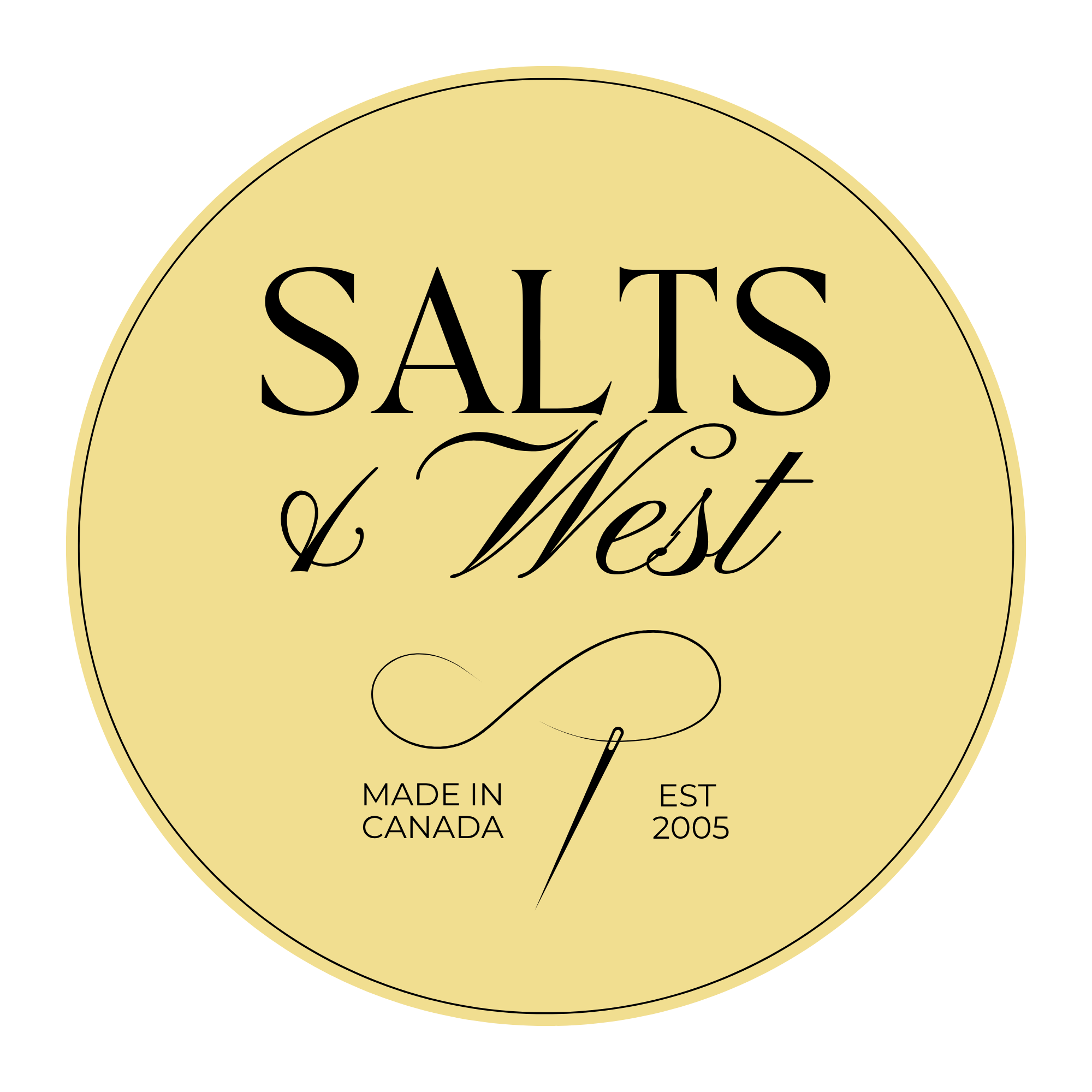People often ask is bamboo good for clothing? Bamboo clothing has some unique properties due to the way the fibre is made. Bamboo has recently seen an uprise in uses in towels, bamboo clothing, sheets and blankets. This is due to the wearability and use of bamboo as a material in fabrics. It has a wonderful soft drape and feel as well as being temperature regulating as well as doesn't hold smell.

Is Bamboo Good For Clothing?
Bamboo thread is milled with a smooth outside and a hollow inside (like a long tube) this provided insulating properties which allow the material to keep the body wearing it at a more even temperature. It feels cool in warm weather and warm in cool weather. The fiber also has micro gaps and micro holes that provide better ventilation than other fibres resulting in a fresher fabric that doesn't retain smell.
Bamboo is naturally antibacterial! It has a bio-agent that the Japanese have called “kun,”. This bio-agent resists the growth of bacteria on the fiber. This property allows the bamboo clothing garment to resist odour causing bacteria, eliminating the need for anti-microbial chemical treatment. These treatments can cause allergic reactions and is environmentally toxic. This also means that the garment will have to be washed less often! Clothes washing has more environmental impact than any other part of the clothing manufacturing process.
Bamboo clothing also is extremely colourfast, it holds colour very well through multiple washings. This allows the garment to last longer and be replaced less often saving the environment and your wallet!
Bamboo fabric is also wrinkle resistant and hypoallergenic! It is one of the most comfortable fabrics to wear for individuals with sensitive skin.

Is Bamboo Good for the Planet?
Bamboo plants are one of the most adaptable plants on Earth making it one of the most renewable resources to grow. The raw material in bamboo clothing can be grow in many different climate zones. Bamboo farming is typically environmentally responsible and sustainable. The ethical standards of course will always be dependant on the companies and factories producing the bamboo however and that varies from case to case. Buy from reputable suppliers with ethical standards in order to be sure to have a fair labour sustainable product.
Different species of bamboo are used for different purposes. This may include food for Pandas, humans and livestock, woven handcraft products such as baskets and mats, textile products, ingredients for Chinese medicines and construction of flooring, fences and roofing. Bamboo is typically available in areas where other economic resources are limited providing opportunities for rural communities.
Bamboo Fiber Processing is Not Yet Perfect.
The processing of the bamboo plant into bamboo clothing fiber can be a bit more tricky. The process to product a bamboo rayon or viscose cloth involves a chemical agent used to breakdown the fiber into usable cellulose pulp. In order to make sure your version of bamboo clothing is environmentally responsible look for companies who use a closed loop mill system. This system captures and reuses the water and solutions used in the breakdown process. The mill will then reuse the solution in future batches on fibre and the waste material doesn't end up in the environment.
Some companies use a mechanical process to break down the bamboo fiber but this is extremely rare because it is very costly.
To ensure your have a product that is free from chemical residue look for an Oeko-tex certification from the manufacturer.

Oeko-Tex labeling means that you can have confidence that the product has been tested by a third party tester. The fabric is tested for Harmful Substances according to Oeko-Tex Standard 100.” The list of criteria contains over 100 test parameters for harmful substances to assure that the textiles are not harmful to health. All Salts & West bamboo clothing is Oeko-Tex certified.
In conclusion, bamboo is an excellent choice for clothing. If you would like to try it for yourself we have a wide range of options on in our webstore.



0 comments